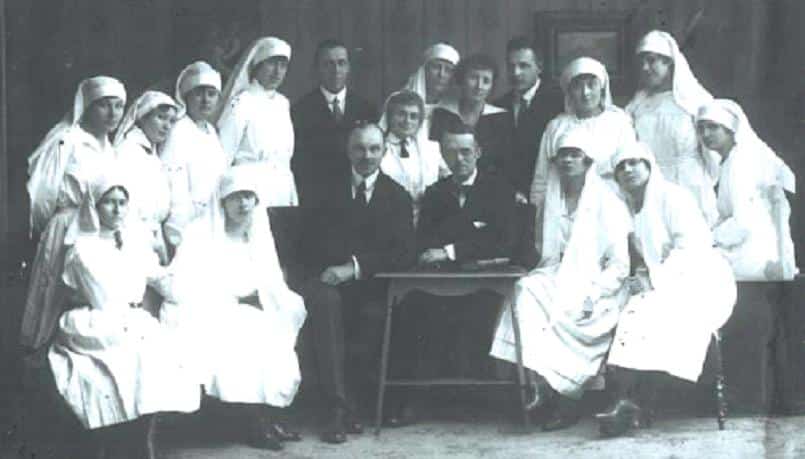Hungarian doctors who changed the world
Certain Hungarian doctors contributed a great deal to science. Some of them are known internationally, while others’ names have been forgotten. Nevertheless, the whole world can thank them for some of the advancements, discoveries, and inventions featured on this list.
There are numerous fields in which Hungarian doctors’ contributions are invaluable, be it paediatrics, anatomy, or discovering diseases and cures. Femina‘s list helps you learn who they are and what they achieved that fundamentally shaped the world as we know it today.
Albert Szent-Györgyi

As one of the most famous Hungarians who won a Nobel Prize, Albert Szent-Gyorgyi’s name is a must on this list. According to an anecdote, he did not like peppers. Therefore, he left the salad he got for dinner and started to examine it. This is how he isolated vitamin C for the first time, then later rutin, too. He also researched cancer.
To learn more about Szent-Györgyi, click here.
János Selye
János Selye was a Canadian doctor of Hungarian-Austrian origins. He gained international recognition by researching stress. In fact, he was the first who wrote about it as a field of research in medicine. His study was published in the scientific journal Nature. Although researching stress is what he is known for, he also worked with endocrinology and internal medicine.
József Goldberger
The most important research Goldberger is known for is connected to pellagra, the skin disease. Doing research in the United States, he realised that nutrition and vitamin B6 deficiency was in the background of the disease. Apart from this topic, he also successfully researched yellow fever, dengue fever, typhoid fever, measles, and Schamberg’s disease.
János Szentágothai
János Szentágothai was a Hungarian anatomist, and he certainly achieved a lot in science. He worked out a new technique for researching degeneration. In Hungary, he was the director of the Hungarian Academy of Sciences (MTA) and managed to bring the practice of electro-microscopic neuroscience to the country. He took a strong stance against pseudosciences.
Ignác Semmelweis

Ignác Semmelweis is known as ‘the saviour of mothers’ after finding the reason behind Childbed fever. To prevent infections, he ordered obstetricians to wash their hands with a calcium hypochlorite solution. Apart from this, he made important steps in preventing sepsis, too.
Zoltán Antalóczy
Antalóczy gained world recognition as a cardiologist. He was in charge of creating the analogue computer called Triaxicardometer, which was able to give a special map of the heart, providing the foundations for electrocardiography. In Hungary, this was the first applied target computer in cardiology. Antalóczy passed away in 2019.
Pál Heim

Photo: Wikimedia Commons
Pál Heim made important advancements in researching child diseases, especially connected to feeding disorders of infancy. His research about white blood cells was crucial. He instigated launching a school for nurses. One of his most revolutionary studies included connecting the collapsing metabolism of a child suffering from diarrhoea to the ratio of water and salt being out of balance. With this realisation, it is clear that he much preceded his time.
Frigyes Korányi
Frigyes Korányi actively fought against tuberculosis in Hungary. He also took on an active role in creating lung screening stations. Moreover, he made the plans and collected the money for establishing the Queen Elisabeth Lung Sanatorium. Today, this building bears his name.
Ödön Kerpel-Fonius
Ödön Kerpel-Fonius had a crucial role in paediatrics internationally. He researched the disorders that appeared in children’s fluid balance. Through this, he contributed greatly to curing athrepsia.
János Balassa
János Balassa was among the first in Europe who used anaesthetics when doing surgery, in the form of diethyl ether. He carried out important research with regards to ventral hernia as well as laryngoscopy. Moreover, he contributed to developing a cooling system for when surgeries are in progress.
Australian actress Ruby Rose is keen on helping Hungarian healthcare





